At first glance the Mercedes-AMG GT XX is just another piece of concept car eye-candy.
The active aero wheels with moveable blades between the spokes that close to reduce drag at speed and open to provide brake cooling when needed, light-up paint on the side sills, a configurable light panel between the tail-lights: We’re not likely to see any of this stuff on a production Mercedes-Benz anytime soon.
What’s under that iridescent orange bodywork is another story, however.
Hundreds of new car deals are available through CarExpert right now. Get the experts on your side and score a great deal. Browse now.
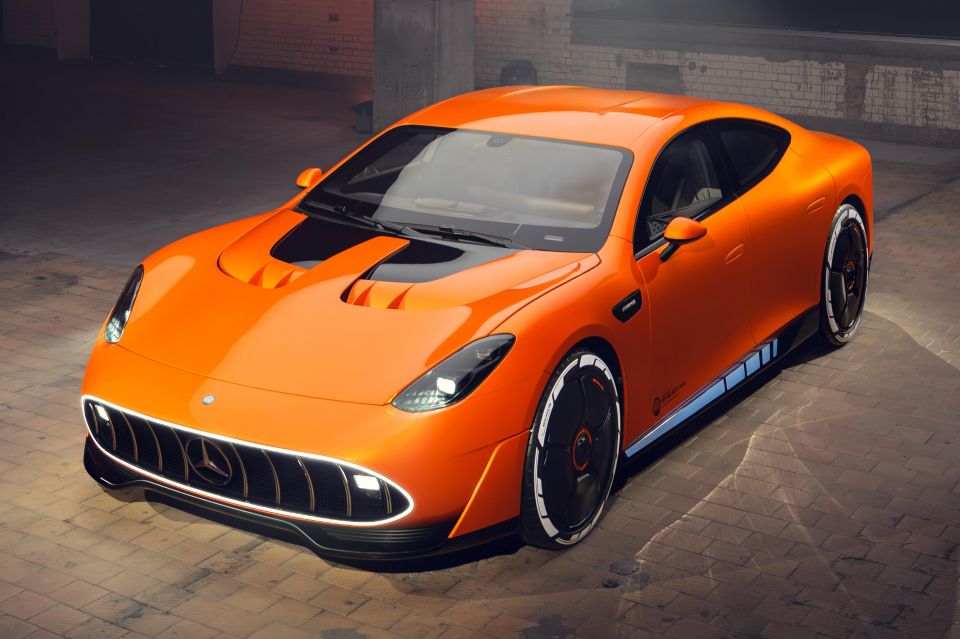
The AMG GT XX previews AMG.EA, an all-new, aluminium-intensive, electric vehicle architecture that will underpin a coming generation of electric-powered Mercedes-AMG supercars.
The first of these, a four-door ‘coupe’ like the AMG GT XX, is expected to hit the road within a year, and Mercedes-Benz has confirmed it will be joined by an AMG.EA-based SUV that’s expected to appear in 2027.
And they aren’t the only AMG.EA-based models in the pipeline.
“I’m pretty confident that there will be more cars to come on that platform,” Mercedes-AMG boss Michael Schiebe told CarExpert at a preview of the AMG GT XX concept in Germany last month, “because we are very flexible. And it’s not only our electric motors, but also the battery setup is flexible for different body types.”
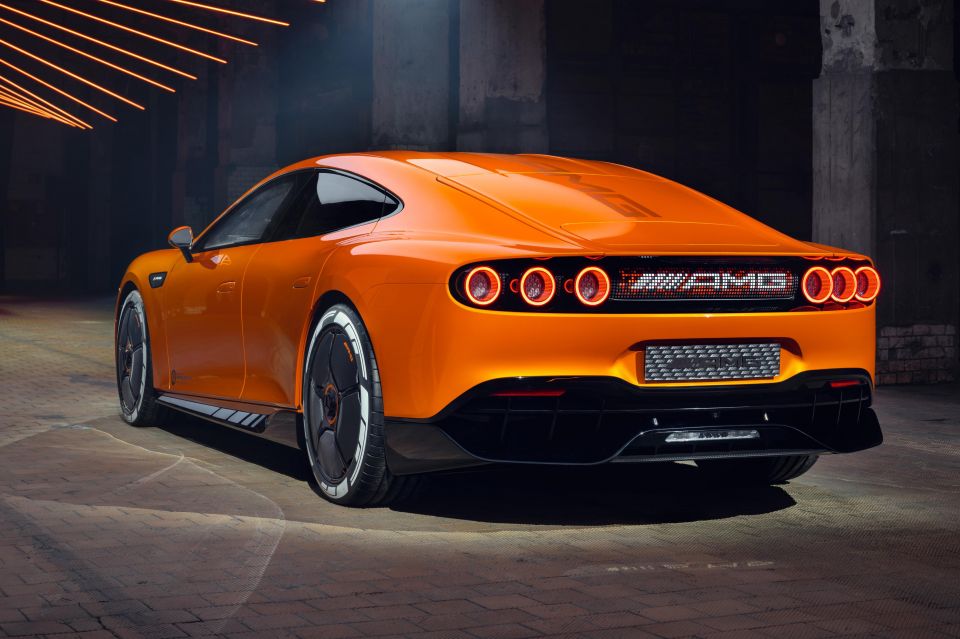
You don’t have to be Einstein to figure out what Mr Schiebe’s really saying: An electric-powered AMG sports car is coming, too.
The production version of the AMG GT XX will be quite a weapon, a four-door rocketship delivering more than 1000kW and a top speed of more than 360km/h, courtesy of three axial-flux e-motors engineered by Mercedes-Benz-owned subsidiary Yasa Ltd.
They will be powered by a lightweight high-performance battery pack developed in-house at AMG with help from engineers at Mercedes-AMG High Performance Powertrains (HPP) in Brixworth, England, where the hybrid powertrains for the Mercedes-AMG Petronas Formula 1 cars are designed and built.

Axial-flux motors feature a disc-shaped stator at their centre rather than the tubular stator used in the radial-flux motors that power most modern EVs. This arrangement enables the magnetic flux to flow parallel to the motor shaft rather than perpendicular to it, dramatically improving efficiency.
As a result, axial flux motors are 67 per cent lighter and 67 per cent smaller than comparable radial flux motors, says Yasa CEO Jörg Miska, delivering three times the power density and twice the torque density.
The two rear motors are contained in a single electric drive unit (EDU) that also houses a planetary transmission and silicon carbide inverter for each motor, as well as pumps for the oil-based cooling system used for the motors and transmissions and the water-based system that cools the inverters. The rear EDU weighs just 140kg but produces well over 640kW, says Miska.
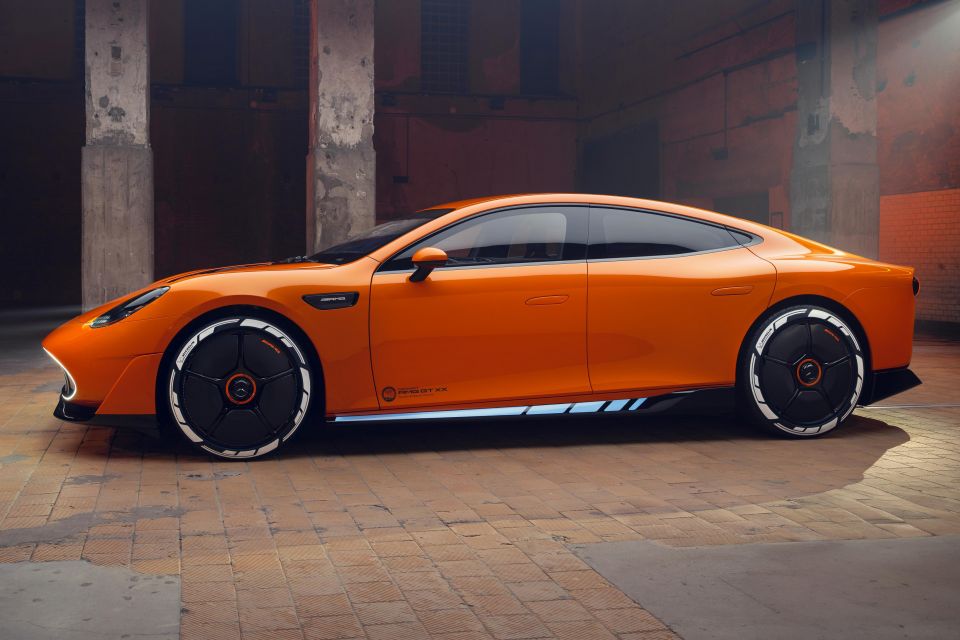
The EDU at the front axle comprises a single axial-flux motor, a spur-gear transmission, and a single silicon carbide inverter. The motor has been designed to kick in only when additional power or traction is required at the front wheels for acceleration or recuperation.
During steady and low load driving or coasting the front motor is decoupled from the front axle to reduce frictional losses and increase overall efficiency.
The motors are already being made at Mercedes-Benz’s plant in Marienfelde, Berlin. Manufacturing the motors requires about 100 different processes, 65 of them new to Mercedes-Benz and 35 of them world-firsts involving new forms of laser technology, innovative joining processes, and artificial intelligence systems.

Powering the motors is a battery combining more than 3000 cells that combine a nickel cobalt manganese aluminium (NCMA) cathode with a silicon content anode.
The tall and thin design of the cells allows them to be more effectively cooled by the electrically non-conductive oil that surrounds them (battery cells typically heat up from their centre outwards under load). The cells are in lightweight laser-welded aluminium housings which also provide better electrical and heat conductivity than the commonly used steel containers.
The battery’s cooling system and high voltage – more than 800V – means it can accept charge rates of more than 850kW over a wide range of its charging curve.
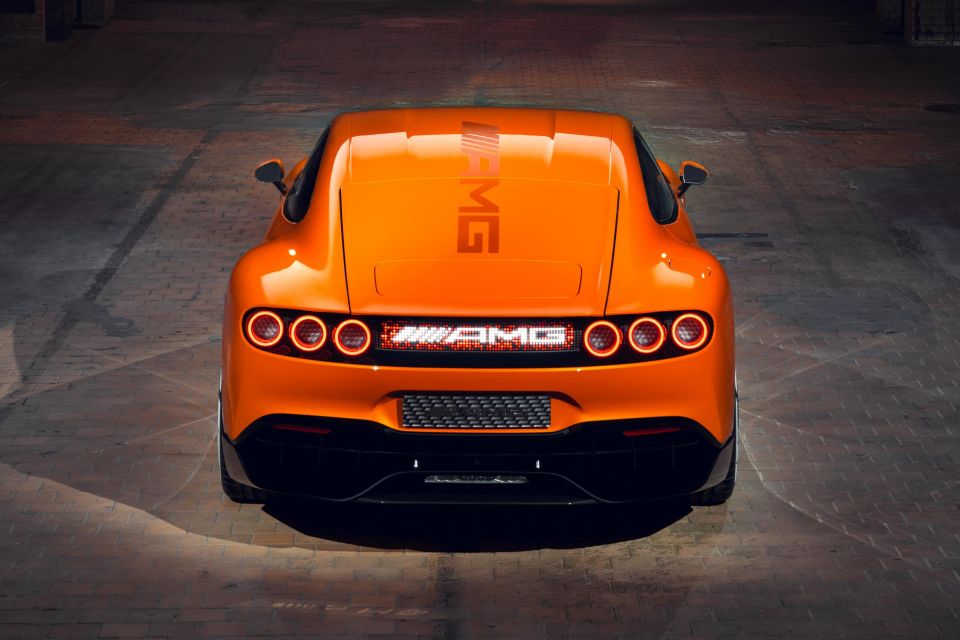
Mercedes-Benz is working with Alpitronic, Europe’s leader in high-power charging technologies, to develop a prototype ultra-fast charger that will enable the production version of the AMG GT XX to add 400km of range (as per Europe’s WLTP measurement) in just five minutes.
With all that power and all-wheel drive, the production version of the AMG GT XX promises to be as be spine-crushingly quick from 0 to 100km/h as other high-end, high-performance EVs such as the Porsche Taycan Turbo GT Weissach.
But what will set it apart from the electric supercar pack, says Mr Schiebe, will be its ability to deliver its ultimate performance over a much longer time.

Indeed, the AMG boss hints the production car will be capable of at least three flat-out laps of the legendary Nürburgring Nordschliefe. Okay, that’s barely 65km, but as Mr Schiebe points out, most combustion-engined performance cars are past their peak after three laps through the Green Hell, too.
“There is a myth that you can drive an internal combustion engine high-performance car forever on the track,” he says. “You can maybe do three laps on the Nordschleife and then you must make a pit stop, because either the tyres are gone, or you’re running out of fuel.”
One of the most intriguing details on the AMG GT XX concept is the fact it has a VIN number in the lower left-hand corner of the windscreen, just like any production Mercedes-Benz (it’s the third car built of its type, in case you’re wondering), along with fully functioning windscreen wipers, a detail most carmakers don’t bother putting on concept cars.

There’s a real car underneath, but how much of what we see is likely to make production? “It’s a good sneak into what the [production] car could look like,” Mr Schiebe confirms.
Though the AMG boss won’t elaborate, we can tell you the production car will have a slightly higher roofline (though it will still be two inches lower than that of the current AMG GT 4-Door, despite the under-floor battery pack) and it will be a liftback with a rear window.
The production front and rear bumper fascias will be different, though the concave grille with the signature AMG vertical bars will be retained, along with the six round tail-lights at the rear.
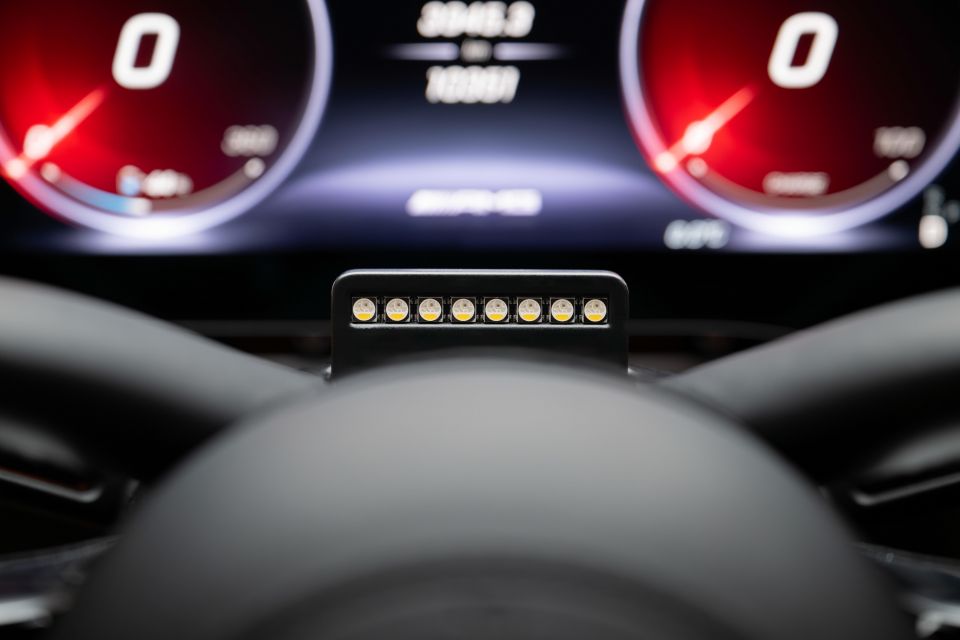
The AMG GT XX concept has a claimed drag co-efficient of just 0.198Cd. Whether the production version will match that number remains to be seen, but we do know it will be available with an optional active rear diffuser that extends – like that on the Mercedes-Benz EQ XX concept – to further reduce drag, so it may not be just a tease.
The production car will also roll on 21-inch wheels, with a staggered tyre setup – 275/35 ZR 21 front and 315/35 ZR21 at rear – to handle the prodigious power and torque funnelled through the rear axle.
What will surprise people most about the production version of the AMG GT XX is how it’s going to sound. The GT XX concept features a visceral V8 soundscape that plays back through the car’s audio system – which includes exterior speakers behind the headlights – when it’s driven.

Carefully indexed to inputs like accelerator position and wheel speed, it sounds – from the brief preview played to the media – like an old-school 6.3-litre V8-powered C63 on steroids.
“I’m super confident, and I mean really super, super confident, that we will convince the strongest petrol-heads with this car,” said Mr Schiebe, who added that during a Mercedes-Benz executive drive of the production car prototype a few days before the preview of the AMG GT XX, one board member proclaimed: “this is the best V8 we have ever developed!”.
That board member’s taking liberties, of course. But it will be fascinating to see if Mercedes-AMG can truly make its ultra-powerful, ultra-fast four-door electric coupe sound as exciting as it undoubtedly will be to drive.
MORE: Everything Mercedes-AMG

